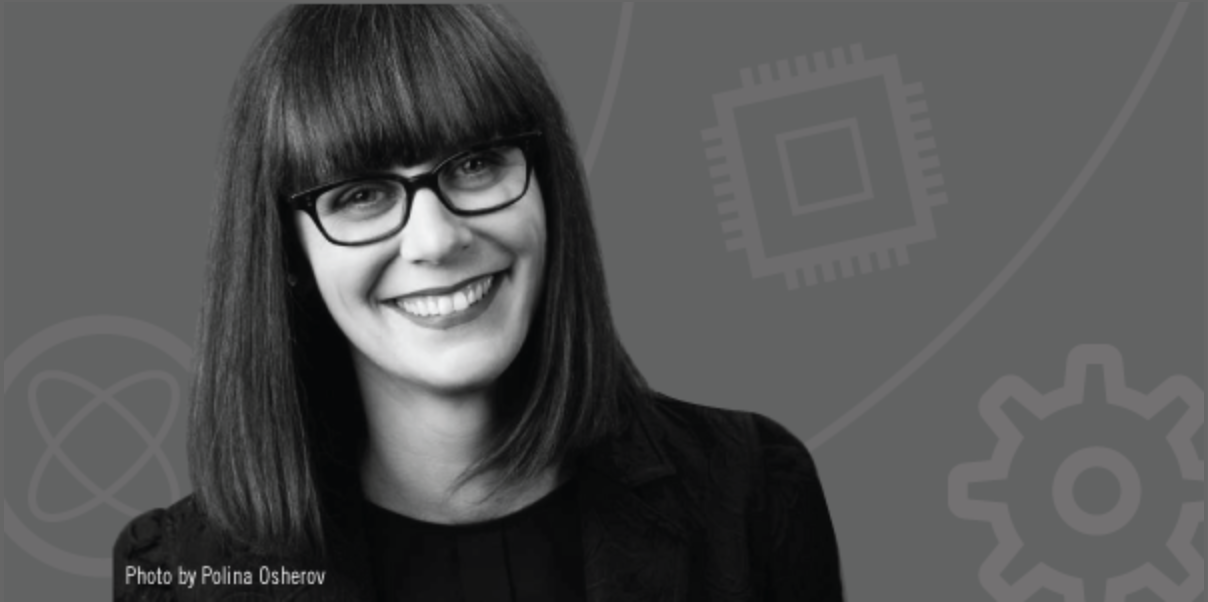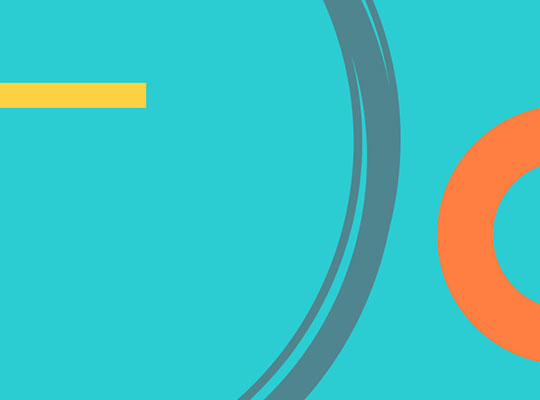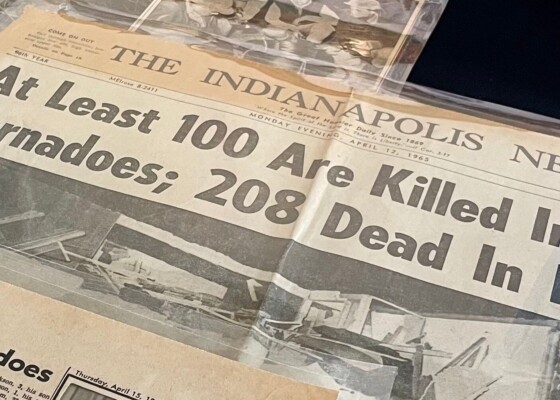Frankenstein Friday: Dr. McDonald Scholar Essay
April 6, 2018This week we take a break from our week-by-week read of Frankenstein to consider themes of justice, given the recent events in the novel. Victor and Elizabeth struggle with what…
This week we take a break from our week-by-week read of Frankenstein to consider themes of justice, given the recent events in the novel. Victor and Elizabeth struggle with what has been done to Justine; she was accused, forced to confess, and put to death, though both Elizabeth and Victor believe her to be innocent. While Victor contemplates his culpability due to the fact that his creation is responsible for the murders, Elizabeth grapples more abstract ideas of justice, law and human nature.

Read:
Essay: “Crimes Against Humanity: An Imaginative Trial of Dr. Victor Frankenstein”Dr. Fiona P. McDonaldIndiana University Purdue University Indianapolis
In a 21st century courtroom in the United States sits Victor Frankenstein, on trial for his alleged 19th century crime against humanity for the creation of life and abandonment of responsibility of his scientific actions.[1] This is a trial about research ethics and you, the reader, are a member of an impartial jury.
Today, scientific and medical research are carried out under the “modern guidance [of] institutional review boards (IRBs) and research ethics committees (RECs) […] [that act together] as one of society’s representatives in the debate on medical research, to collaborate with researchers in the protection of research subjects.”[2] When we read Frankenstein and contemplate Victor’s actions, we can begin to understand why such institutions and processes have been put in place today.
While the alleged crime was committed in 1818, Victor’s actions are laid out in Frankenstein; or The Modern Prometheus by Mary Wollstonecraft Godwin’s (known after her marriage as Mary Shelley), how do we read these actions today? After two hundred years, this fictional trial addresses larger judgements today at the heart of discussions concerning the morality and limits of science, and the creation of animated life beyond organic biological creations.
While the crime was committed in 1818, how will you, a member of the jury, determine Victor’s innocence or guilt in relation to humanity, science, and research ethics today? Selected character witnesses will take to the stand to share facts in the case during their deposition. As a jury member, you can explore the facts in the case regarding Victor’s actions in order to consider contemporary issues around human origins, debates over who is permitted to create life using artificial and scientific means, and the responsibility of creators to their creation(s).
What follows is an imaginary transcript of Victor Frankenstein’s trial. The discussion questions at the end can help you, as a jury member, deliberate over Victor’s guilt or innocence, and draw comparisons to the practice of ethics in science today.
United States v. Dr. Victor Frankenstein, Case Number 17-18181823
In Attendance for the Deposition of Selected Testimonies:
The Judge
Victor Frankenstein, Defendant
The Creature, Character Witness
The Ghost of Elizabeth Lavenza, Character Witness
Mrs. Mary Shelley (née Wollstonecraft Godwin), Documentary Witness
[The Judge Enters and Speaks to the Accused, Victor Frankenstein]
[Court Room is Silent]
Judge: Victor Frankenstein, you were clearly documented as having said the following three statements about your scientific creation:
“I had been the author of unalterable evils; and I lived in daily fear, lest the monster whom I had created should perpetrate some new wickedness. I had an obscure feeling that all was not over, and that he would still commit some signal crime, which by its enormity should almost efface the recollection of the past.”
And regarding the fact that you used human body parts from cadavers, you noted:
“Although I possessed the capacity of bestowing animation, yet to prepare a frame for the reception of it, with all its intricacies of fibres, muscles, and veins, still remained a work of inconceivable difficulty and labour.”
You went on further to say:
“Abhorred monster! Fiend that thou art! The tortures of hell are too mild a vengeance for thy crimes. Wretched devil! you reproach me with your creation; come on then, that I may extinguish the spark which I so negligently bestowed.”
From these statements, it has been deemed by an original Grand Jury that you are responsible for the creation of life out of science. Perhaps your ideas were inspired by chemist and inventor Humphry Davy (1778-1829) and English physician Erasmus Darwin (1731-1802), but at the end of the day, you have made verbal claims in which you take responsibility for negligence during your scientific work. To be clear to the jury, the central crime for which Victor is on trial for is the creation of life beyond the limits of science, and the abandonment of responsibility for his creation. Additionally, in the future it may need to be determined if the consequences of Victor’s negligence led to loss of life and great tragedy, not only within his family, but amongst his friends and peers such as Henry Clerval, Justine Moritz, and Elizabeth Lavenza. In your trial, Victor, each juror will take into account all testimonies presented to determine your actions in light of the responsibilities of science today, and in the context of broader societal and ethical concerns nearly two hundred years after your alleged crime. Ultimately, the findings of this court will set a precedent for what ethical responsibilities do creators and scientists have for the consequences, even unintended, of their inventions.
As a reminder to all character witnesses moving forward, you may only speak to the facts of the case as documented by Ms. Shelley in her original 1818 account. In the spirit of time, you are requested to give no more than one or two insights.
Testimony of The Creature:
Judge: We call to the stand the being known as “The Creature”, “The Monster”, “The Modern Prometheus”. Sir, how would you like the court to address you?
The Witness: Your honor, please call me John.
Judge: Ok, John. Having been created by Victor, can you please share with the court your experience in relation to your creator.
The Witness: I must start by saying that: “Adam had come forth from the hands of God a perfect creature, happy and prosperous, guarded by the especial care of his Creator; he was allowed to converse with, and acquire knowledge from, beings of a superior nature: but I was wretched helpless, and alone.”
Judge: Do you have any last statements to enter on the record, John?
Witness: [Looking to Victor Frankenstein] “Remember, that I am thy creature: I ought to be thy Adam; but rather the fallen angel, whom thou drivest from joy for no misdeed.”
Judge: Next, we call to the stand the Ghost of Ms. Lavenza to give an account of Victor’s confession about creating life in the form we now call, John.
Testimony of the Ghost of Elizabeth Lavenza:
Judge: Ms. Lavenza, I understand you were raised in the Frankenstein household, and eventually married Victor Frankenstein. Can you please share with the court what you know about the types of science Victor studied, and how you came to know about his creation of life?
Witness: Yes, thank you. I did not go with Victor to the University of Ingolstadt for his studies. After my mother passed from scarlet fever, that she caught from me, I was left to raise the younger children in the family in Geneva until Victor and I married. After his studies, and through his own illness, Victor was reluctant to marry. Before we did, he wrote to say: “I have one secret, Elizabeth, a dreadful one; when revealed to you, it will chill your frame with horror, and then, far from being surprised at my misery, you will only wonder that I survive what I have endured. I will confide this tale of misery and terror to you the day after our marriage shall take place; for, my sweet cousin, there must be perfect confidence between us. But until then, I conjure you, do not mention or allude to it. This I most earnestly entreat, and I know you will comply.”
I had no idea that this secret would haunt us so. Or that it would extinguish my own life.
Judge: Thank you, Ms. Lavenza. You may step down. Next, we call Mrs. Mary Shelley to the stand.
Testimony of Mrs. Mary Shelley:
Judge: Mrs. Shelley, can you please share with the court your impressions of the role of ethics in science in the early-19th century so that the jury may make an informed decision about morality and the limits of science and the creation of animated life beyond organic biological creations in relation to research ethics today?
The Witness: There were many people I believed who were influential to Victor at that time. It could have been German physician and theologian Cornelius Agrippa (1486 –1535) who wrote extensively on occult philosophy and the measurable knowledge. Or Swiss physician and alchemist Paracelsus (1493–1541) whom some refer to as the “father of toxicology” but whom Shelley may have appreciated for his arguments around the importance of observation and the use of static electricity in healing with minerals. Or mathematician and natural philosopher Isaac Newton (1643-1727) whom we all know studied gravitational laws, or German Catholic Dominican Bishop Albertus Magnus (c. 1200 –1280) who was influential in topics such as morality, alchemy, and chemistry. But as you noted earlier, Your Honor, chemist Humphry Davy made a bold statement in his 1801 lecture that was likely influential. As Mr. Davy said: “It [science] has bestowed on him powers which may almost be called creative; which have enabled him to modify and change the beings surrounding him, and by his experiments to interrogate nature with power, not simply as a scholar, passive and seeking only to understand her operations, but rather as a master, active with his own instruments.” [3]
Judge: How then, Mrs. Shelley, does this wisdom relate to the ethical or unethical actions of Victor?
The Witness: I understand this to mean that great power rests in science, and the moral obligations of a researcher are how we must ensure scientists act ethically in the best interests of their research subject, society, and the future.
Concluding Remarks:
Judge: This now concludes the deposition of character witnesses in the trail of Victor Frankenstein who is accused and charged with scientific creation of life and abandonment of responsibility for his scientific actions. As you, the jury, retire for deliberation, please use the questions provided in the appendix to the court transcript to reflect on the facts that were shared today.
[1] My sincere thanks to, and acknowledgment of, Canadian poet and educator, Dr. Katherine MacLean whose original idea it was to do a reading of Frankenstein through a trial for crimes against humanity and to determine the resting place for the soul of Victor Frankenstein, prosecuted and defended by heaven and hell respectively. Her innovation in teaching and learning is the greatest way to understand the complexity of characters in Shelley’s Gothic novel.
[2] H. Davis. “Can Mary Shelley’s Frankenstein be read as an early research ethics text?” Journal of Medical Ethics; Medical Humanities (30) 2004: 32-35. (Available at: http://mh.bmj.com/content/30/1/32.long)
[3] Holmes, Richard. The Age of Wonder: The Romantic Generation and the Discovery of the Beauty. NYC: Pantheon Books, 2008.
Think:
- Why might readers of Shelley’s time have considered the creation of life a “crime against humanity?” What was it about Victor’s actions that would have troubled readers of 200 years ago?
- Did Victor Frankenstein or society create the “creature?”
Talk:
Find out how Frankenstein is coming to life in your own community
! Organizations throughout Indiana are offering book discussions, read-a-thons, hands-on activities, film screenings and more exploring the big ideas at the heart of Frankenstein. Subscribe to FrankenNews for updates about how Frankenstein is coming alive for Hoosiers in 2018! Share your thoughts on social media using #itsalive.
One State / One Story: Frankenstein is an Indiana Humanities program and has been made possible in part by a major grant from the National Endowment for the Humanities and in partnership with the Indiana State Library and Indiana Center for the Book. Any views, findings, conclusions, or recommendations expressed in this program do not necessarily represent those of the National Endowment for the Humanities.

